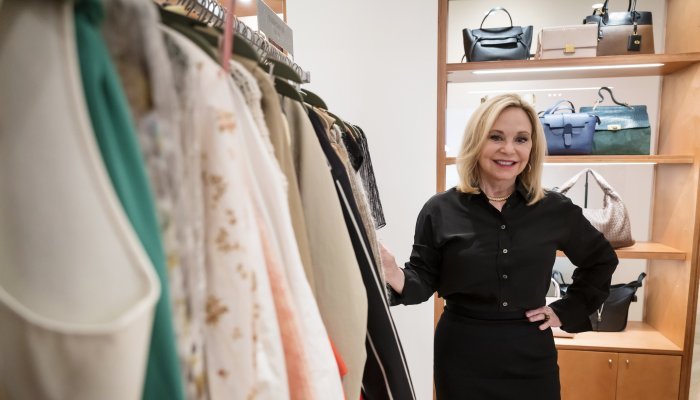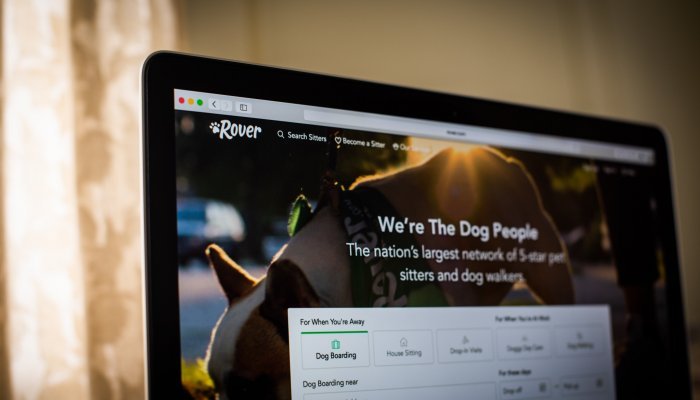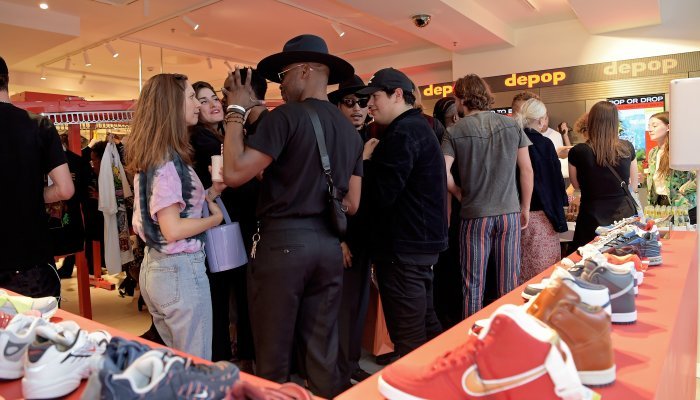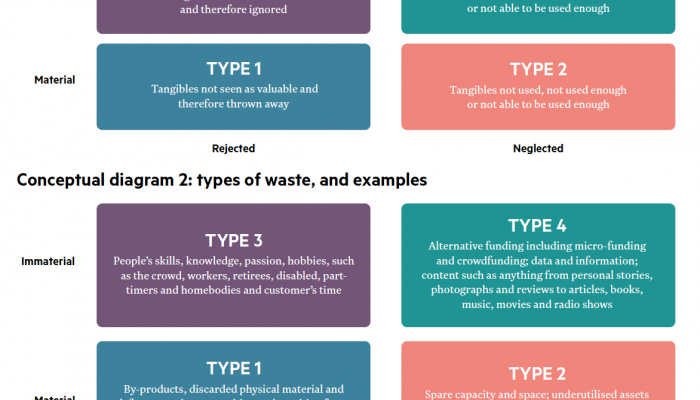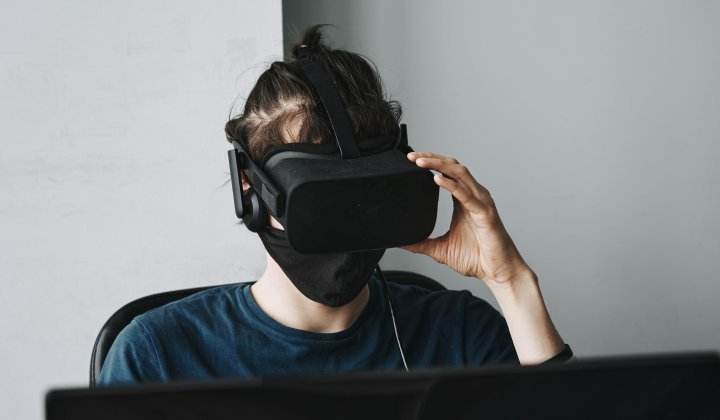This waste is not just about producing the new by repurposing the old, but about creating new markets and businesses, some disrupting and displacing existing industries – the new marketing frontier.
Types of waste
As you see from conceptual diagram 1, based on different principles, waste can conveniently be divided into material or immaterial and that which has been rejected or neglected.
Material waste is tangible and traceable but was previously rejected as a by-product or discarded as unwanted material from some manufacturing process. Reusing this waste is not new, but it is a growing trend driven by law and greater consciousness and a massive opportunity for large and small manufacturers. Danone, for example, transforms its whey, a by-product of cheese, into lactose to be used by pharmaceutical companies. Baramoda, an Egyptian agri-tech start-up, now turns sugar beet and sugar cane waste into organic fertilisers and is rapidly eroding traditional markets.
Countries and governments are becoming more aggressive about reusing previously rejected material waste. Rather than waste the hot air from server halls and supermarkets, countries like Sweden and France use it to heat apartments, homes, offices and public buildings. With a third of the food wasted, an anti-food waste bill passed by the Spanish government insists that restaurants and bars allow customers to take leftovers, supermarkets donate unsold edible food to charities or food banks, and unused fruits are converted into juice, jam or animal food. Zero waste stores are sprouting up everywhere, and even banks are supporting this effort. In the UK, NatWest and Tesco have teamed up to show customers how much they can save by not generating waste when they shop and consume, with the bank playing that data back to individual customers on its app.
New horizons are opening up using the less obvious material waste we call neglected and previously ignored, like spare capacity and space. For example, did you know that, on average, less than 5% (average world statistic) of car capacity is used? This is why and how Uber became the phenomenon we now all take for granted. And it was neglected waste in people’s homes that Airbnb turned into a global marketing coup (in the U.S., for bigger homes, only 50% of the space is being used and in the average UK home, 15%) or got Walmart to turn its unused 160 parking lots at night into drive-in cinemas during lockdown.
Determined to get the waste out of insurance premiums because cars spend so much time stationary, Naked, a South African start-up, has totally changed the motor insurance game, allowing customers to manage premiums by paying only when their vehicles are being used.
Neglected waste has also pushed the likes of Lego and IKEA into the second-hand market, acknowledging that throwing away stuff which others could reuse is not good for the planet or their business. This enabled newcomers like Realreal in America or Circos in Denmark to break into and disrupt the highly competitive retail clothing space. Because kids' clothes are worn for only 2-3 months of their lives in the first two years is waste, Circos, with subscribers now in 16 countries across Europe, rents out high-quality, used kids' clothing. Realreal, with a market cap of US$300 million, started this movement in luxury goods, incentivising customers to consign their worn high-value goods to it to give them a second life. Likewise, Y Closet, China’s largest fashion platform, now rents out fashion lines to its 15 million users. And Depop, with 10 million monthly users, has created a second-hand sneaker marketplace that has made born-again sneakers highly sought-after items, which sometimes command a higher price than the new! And yet other brands now clean and restore sneakers to extend their lives.
Immaterial waste, intangible and not obvious, is a lot less easy to detect and bring to markets. However, of late, it has been seen by entrepreneurs as a lucrative resource and turned into new and exciting opportunities which have challenged the status quo.
Immaterial waste that has been rejected before, or ignored (e.g., people’s skills, knowledge and time) is now being honed and harnessed to improve productivity, reduce costs and change markets, making inroads into existing spaces. Amazon did this when it set out to get books to people without having to go from bookstore to bookstore, saving them time…and the online wave is now history.
TaskRabbit, now owned by IKEA, takes people with skills who have hitherto been unemployed or retired and matches them to households that need jobs done, like delivery or assembly. Swisscom mobile retail giant uses a real-time, on-demand localised field force to do its maintenance and service for its 5 million strong customer base.
Also previously rejected and ignored and now rapidly being turned to value is the crowd. Or rather the skills, time, hobbies and knowledge of these people who have become suppliers of low-cost services at scale. Germany’s Testbirds uses a global wizkid crowd instead of an in-house unit to test, debug and refine new digital products.
What is perhaps most interesting is the use of alternative crowdfunding, which of course, was previously neglected. Kickstarter had funded billions of dollars worth of new start-ups that probably would never have gotten off the ground. Through micro-financing, fractional ownership has gained traction, turning almost anything from shares to cows into a new saleable class of assets challenging mature banking and investment brands. Through ThriveAgrici in Nigeria, for instance, micro-financing from the poor is now being harnessed with consumers able to invest their historically neglected micro funds into parts of a farm or units of rice or numbers of chickens. South Africa’s EasyEquities and Capitec have made buying part of a share easy and inclusive.
This immaterial (intangible) waste includes the longtail of music and movies, i.e., legacy catalogues that are being “reused” by brands like Netflix and Spotify for a new generation of consumers who consider ‘new music’ music they have never heard, not just what is current in a store. Google enables us to access information that previously would never have been found or put to use. And in Denmark, libraries have become a place where people come to tell their stories to others, live and in real-time turn their life experiences into a social asset.
End remarks
Sustainability has made waste high profile with the possibility to turn what was previously neglected or rejected into new products and businesses.
This is only achievable today because of advanced technology. Technology enables the detection, tracking and reallocation of waste, which has changed old notions of supply and demand, making possible new, exciting marketing opportunities. Whereas before supply and demand were detached, now they are part of an integrated and ever-growing interdependent system, consisting of buyers (demand) and sellers (supply). Two-sided platforms enable data to be collected from both sides, and the waste is matched to individual wants in real-time. It also allows brands to globalise and add new customers and services at scale, quickly, and at low marginal cost, in a continuous, virtuous cycle of demand and supply.
This said, it still takes a keen mind to spot the waste, package it and make it into a giant marketing opportunity.
Those who are succeeding are seriously disrupting existing industries, so business leaders either take up the challenge and begin to see waste as an important marketing lever, or the newer, fresher minds will do so, and they will be the ones to take us into a sustainable future.
10 steps to make waste a marketing opportunity
- Spot the waste: material or immaterial, rejected or neglected, either inside your business/industry or with your customer.
- Quantify the waste with data (which helps but isn’t essential), e.g., on average, cars are parked 96% of the time, or medical machines are used only 20% of the time.
- Quantify potential need/demand (data helps but isn't essential), e.g., 68% of cat owners don't feel comfortable leaving their pets alone for more than two days when they travel, and 42% of people don't travel because they have pets they can't leave alone.
- Create a value proposition, package and brand the new idea with a win-win for all.
- Stimulate and grow supply and demand for the new proposition in a virtuous cycle (think Airbnb and Uber).
- Build a two-sided marketplace to detect and find the wasted resources and assets and match that in real-time to the emerging demand.
- Offer high-quality experience levels to meet individual needs.
- Reach critical mass by using customers and new marketing multipliers as the scale force.
- Set up barriers to competition by growing an ever-expanding ecosystem.
- Use two-sided platform economics to extend the proposition to new and existing customers, locally, nationally and globally, at scale, speed and marginal costs.


